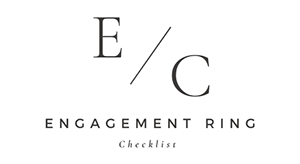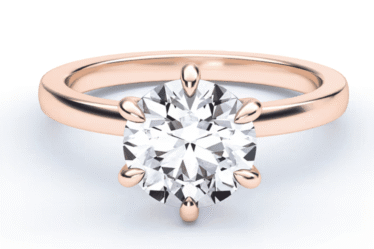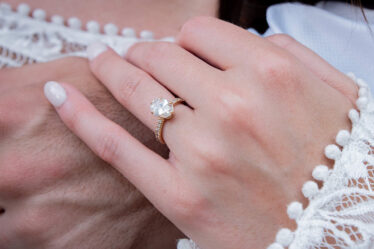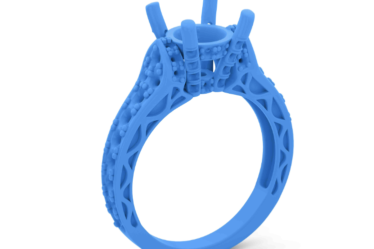
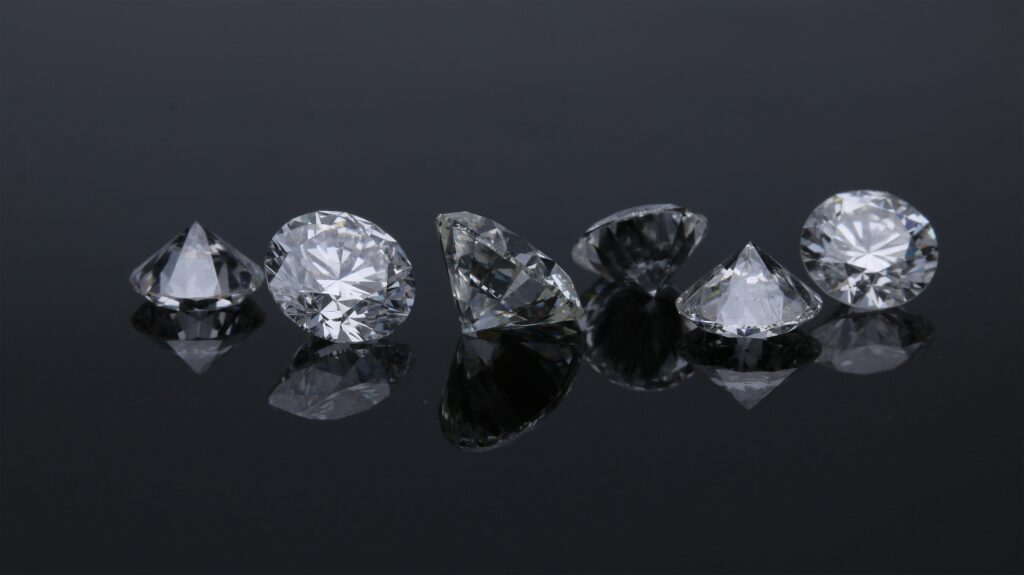
Diamonds are more than just sparkling gemstones. They are symbols of love, commitment, and prestige. Whether you’re shopping for an engagement ring or investing in fine jewelry, understanding the four C’s of diamonds—Cut, Color, Clarity, and Carat—is essential. These four attributes determine a diamond’s quality, value, and appearance.
In this guide, we’ll break down each of the Four C’s in detail and explain how they impact a diamond’s brilliance and worth. By the end, you’ll know exactly what to look for when buying a diamond and how to make the best choice for your budget and style.
Table of Contents
- What Are the 4 C’s of Diamonds?
- Cut: The Sparkle Factor
- Color: The Less, the Better
- Clarity: How Clean Is Your Diamond?
- Carat: Size Does Matter—But Not Always
- How the 4 C’s Work Together
- Choosing the Right Balance
- FAQ: 4 C’s of Diamonds
- Final Thoughts
What Are the 4 C’s of Diamonds?
The 4 C’s of diamonds were established by the Gemological Institute of America (GIA) to create a universal grading system. These four characteristics determine a diamond’s quality and price:
- Cut – How well the diamond is shaped and faceted.
- Color – How colorless the diamond appears.
- Clarity – The presence (or absence) of inclusions and blemishes.
- Carat – The weight of the diamond.
Each C is graded on a scale and contributes to the overall beauty and value of the stone.
Cut: The Sparkle Factor
Cut is arguably the most important of the Four C’s. It doesn’t refer to the shape (like round or princess), but rather how well the diamond’s facets interact with light. A well-cut diamond reflects light internally and externally to produce maximum brilliance and fire.
Cut Grades (According to GIA):
- Excellent
- Very Good
- Good
- Fair
- Poor
What Makes a Good Diamond Cut?
- Proportions – The angles and relative measurements of the diamond.
- Symmetry – How well the facets align and mirror each other.
- Polish – The smoothness of the diamond’s surface.
Even a diamond with top grades in color and clarity will appear dull if it’s poorly cut. That’s why many experts recommend prioritizing cut above the other C’s.
Key takeaway: Cut affects sparkle. Always go for the best cut you can afford.
Color: The Less, the Better
When it comes to diamonds, less color is more desirable. The GIA color scale ranges from D (colorless) to Z (noticeable yellow or brown tint).
GIA Color Scale:
- D–F: Colorless (highest grade)
- G–J: Near Colorless
- K–M: Faint Color
- N–R: Very Light Color
- S–Z: Light Color
To the untrained eye, many color distinctions are subtle. For example, a G-grade diamond may look just as colorless as a D-grade diamond but cost significantly less.
Tips:
- If you’re setting the diamond in yellow or rose gold, you can go lower on the color scale (like H–J).
- For white gold or platinum settings, consider G or better to maintain a bright white look.
Key takeaway: Aim for near-colorless or better for a bright, clean look.
Clarity: How Clean Is Your Diamond?
Clarity measures the number and size of inclusions (internal flaws) and blemishes (external flaws). Most inclusions are microscopic and don’t affect the diamond’s beauty to the naked eye.
GIA Clarity Scale:
- FL – Flawless
- IF – Internally Flawless
- VVS1–VVS2 – Very, Very Slightly Included
- VS1–VS2 – Very Slightly Included
- SI1–SI2 – Slightly Included
- I1–I3 – Included (visible to the naked eye)
What Clarity Grade Should You Choose?
- VS1–SI1 diamonds often appear eye-clean, making them great value picks.
- VVS and IF grades are rare and more expensive, usually sought for investment pieces.
Key takeaway: You don’t need a flawless diamond—just one that looks clean to the naked eye.
Carat: Size Does Matter—But Not Always
Carat weight measures how much a diamond weighs, not its size. One carat equals 200 milligrams. All other things equal, a larger carat means a more expensive diamond.
However, a bigger diamond that’s poorly cut or has visible flaws can appear dull or cloudy.
Carat Weight Examples:
- 0.25 ct – Small and delicate
- 0.50 ct – Classic solitaire size
- 1.00 ct – Popular and striking
- 2.00+ ct – Bold and luxurious
Price Tip:
Diamond prices jump at whole and half-carat marks (e.g., 1.0, 1.5, 2.0). Choosing just under those (like 0.9 or 1.4 ct) can save you money with little visual difference.
Key takeaway: Carat affects price the most. Find the size that fits your style and budget.
How the 4 C’s Work Together
No single “C” defines a perfect diamond. Instead, they work together to influence a diamond’s overall look and price. A well-cut, 0.90-carat diamond with VS2 clarity and G color might look better than a larger, poorly cut stone with lower clarity.
Example Combinations:
- Brilliant on a budget: Excellent cut, H color, SI1 clarity, 0.90 carat
- Luxury investment: D color, IF clarity, Excellent cut, 2.0+ carats
- Everyday elegance: Very Good cut, G color, VS2 clarity, 0.70 carat
It’s all about balancing priorities—whether that’s sparkle, size, purity, or color.
Choosing the Right Balance
When shopping for a diamond, consider the 4 C’s as a formula. Depending on your budget and preferences, you can shift your focus to the characteristics that matter most to you.
Buying Tips:
- Start with cut: Never compromise here.
- Go near-colorless (G–H) unless you’re going for a fancy color diamond.
- Clarity: Choose the lowest grade that still appears eye-clean (VS2–SI1).
- Carat: Select a size that suits your style, not just your status.
Also, ask for a GIA certificate to verify the diamond’s quality and ensure you’re getting what you paid for.
Frequently Asked Questions (FAQs)
1. What’s the most important of the 4 C’s?
Cut is the most important because it affects how sparkly the diamond appears. Even a flawless diamond can look dull with a poor cut.
2. Are lab-grown diamonds graded with the 4 C’s?
Yes. Lab-grown diamonds are graded using the same criteria as natural diamonds. Many come with certifications from GIA or IGI.
3. What does “eye-clean” mean?
It means the inclusions in a diamond aren’t visible to the naked eye, typically from a normal viewing distance (6–12 inches).
4. Should I always buy the highest grades in all 4 C’s?
Not necessarily. Many people find the best value by balancing quality across the 4 C’s rather than maxing out on one.
5. Can you upgrade a diamond later?
Yes. Some jewelers offer trade-in programs where you can upgrade to a larger or higher-quality diamond in the future.
Final Thoughts
The Four C’s of diamonds—Cut, Color, Clarity, and Carat—serve as a blueprint to understanding a diamond’s true value. Knowing how each factor affects beauty and price empowers you to make confident choices.
Remember: a well-balanced diamond that sparkles and suits your personal style is far more meaningful than chasing perfection on paper.
Whether you’re buying for yourself or someone you love, understanding the 4 C’s ensures your diamond choice will be both brilliant and timeless.
Like What You’re Reading? Read More Articles on The Engagement Ring Checklist!
So You Want to Buy an Engagement Ring
What is the Difference Between Eagle Claw Prongs & Standard Prongs?
Twelve Ways to Protect Your Engagement Ring This Summer
What is Fluorescence in a Diamond? Does Fluorescence Matter in a Diamond?
